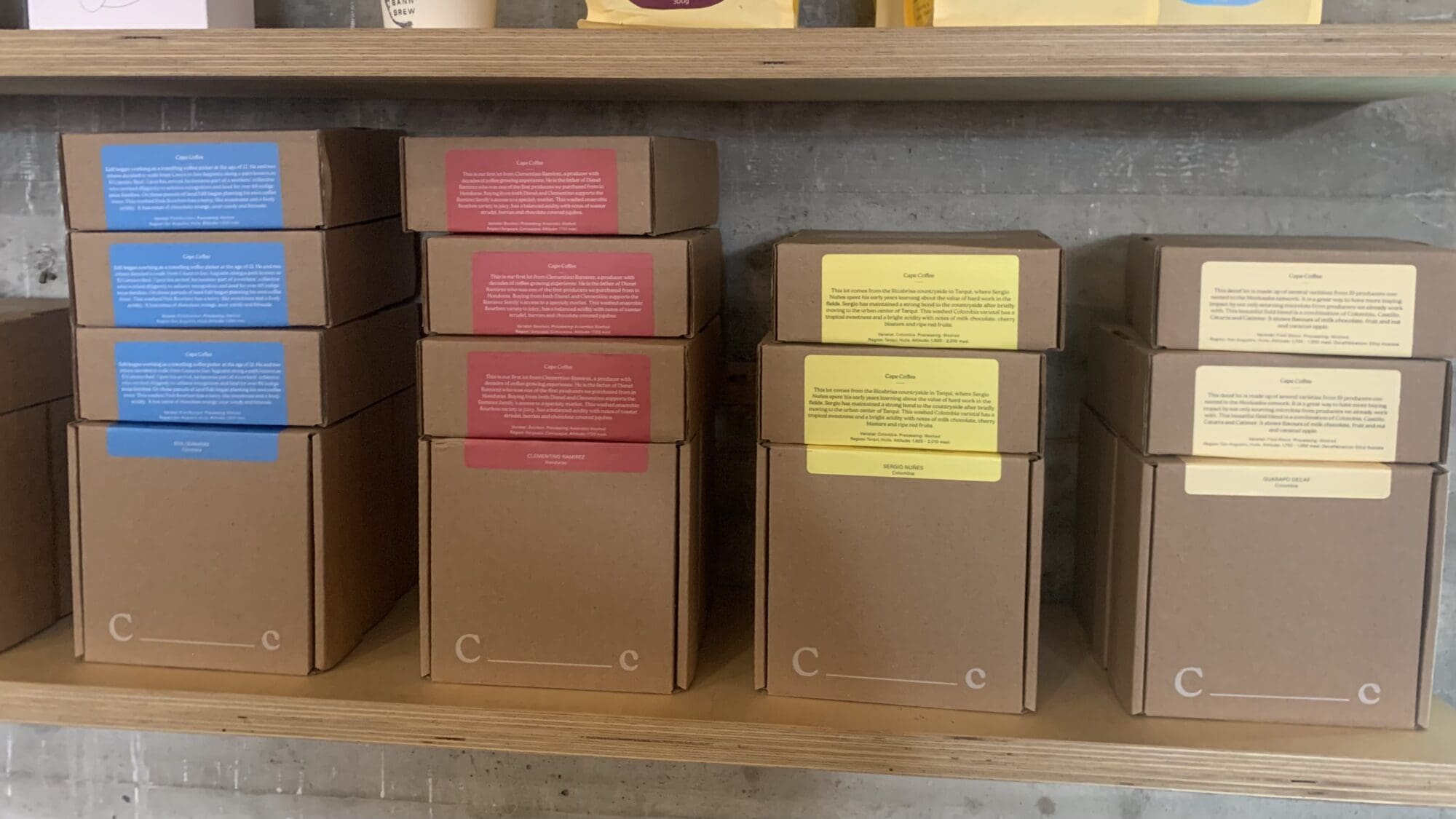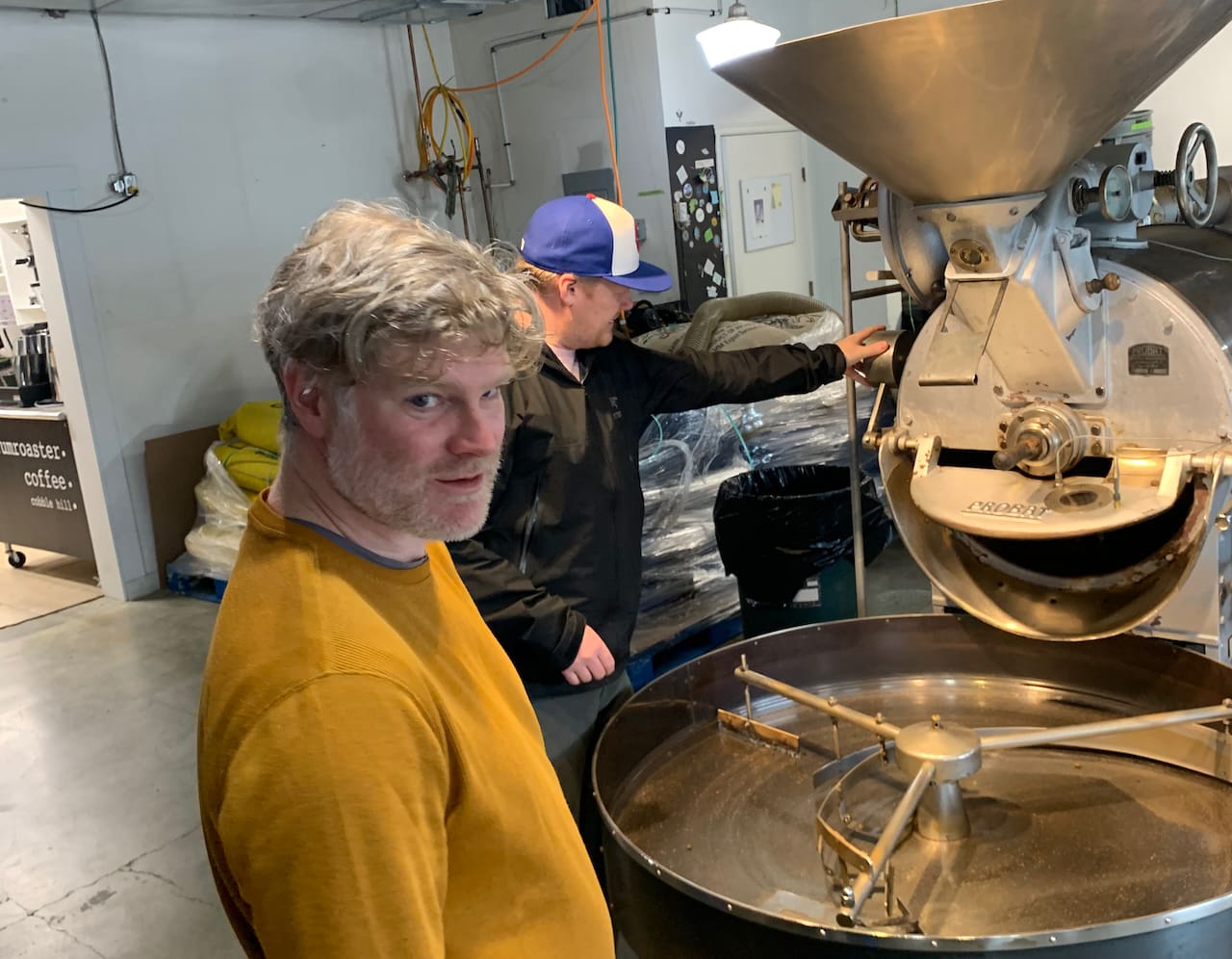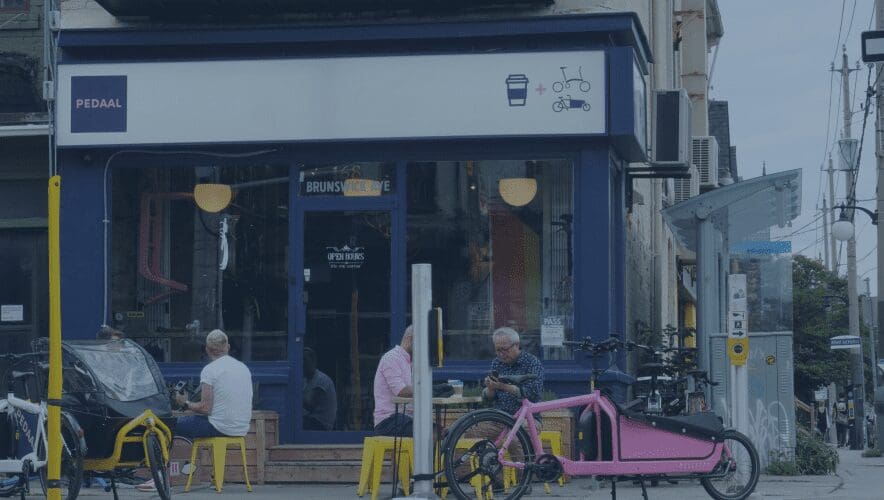When I first landed back in Toronto with a fresh box of beans from Cape Coffee, I had one thought in mind: “How on earth did this tiny Newfoundland roaster manage to blow my mind more than some of the big names we carry here?” I had been sampling what passes for “boutique” dark roasts across St. John’s – high-end hotels pouring dark, one-note sludge – but Cape Coffee was different. The Columbian pour-over I had was the kind of flavour and acidity that made me stop and go “whoa.” Plus, the packaging was ridiculously amazing. I had to learn more.
Stumbling Into Newfoundland’s Coffee Scene
Whenever I go to a new place I tend to check out the bike stores and the coffee shops. I can’t help it. So, I do some advance research. I was in Newfoundland with my partners family, all there to support their daughter, sister and niece on the Saskatchewan Soccer Team. I had never been to Newfoundland before, and I was blown away. It reminded me a lot of Ireland, and it reminded me a lot of Canada too – but it felt like it was neither. If you haven’t been, you have to go. Even in August, with car rentals completely sold out because of the Canada Games, we felt like we had the place to ourselves. Endless coves, great hikes, really fun accents, and a countless amount of nooks and crannies to discover.

As luck would have it, our AirBnB happened to be right where St John’s coffee scene was happening. We were happy to see that we could get Detour Coffee from Battery Cafe (a very cute cafe that felt like a 90’s student hangout – that’s a compliment), and were surprised to see Traffic Coffee at Toslow Cafe (where, if you love cider, you must go in the evening). Pedaal has worked with both of these brands and they are two of Canada’s leaders. But, around the corner from these cafe’s was Bannerman’s Brewery and we saw that they were carrying something called Cape Coffee. Never heard of it! We weren’t expecting anything amazing until amazing hit us in our faces. Not only is the coffee excellent, but Bannerman’s has to be one of the slickest little breweries we’ve been at, located in an old Firehall and clearly a local’s favourite.
Roasting Philosophies, from BC to Newfoundland
Coffee roasters tend to be opinionated people. When I visited Drumroaster in Cobble Hill, BC, they told me that east coast coffee was years behind. While the east was fiddling with anaerobics and co-ferments, a lot of west coast coffee was focused on roasting to reveal what the bean itself had to offer, almost like how a rock commands the sculpture from within. We’ve learned to stay away from roasters who muck around too much, where you end up tasting the roast more than the bean (a critique that also applies to very dark roasted coffee).
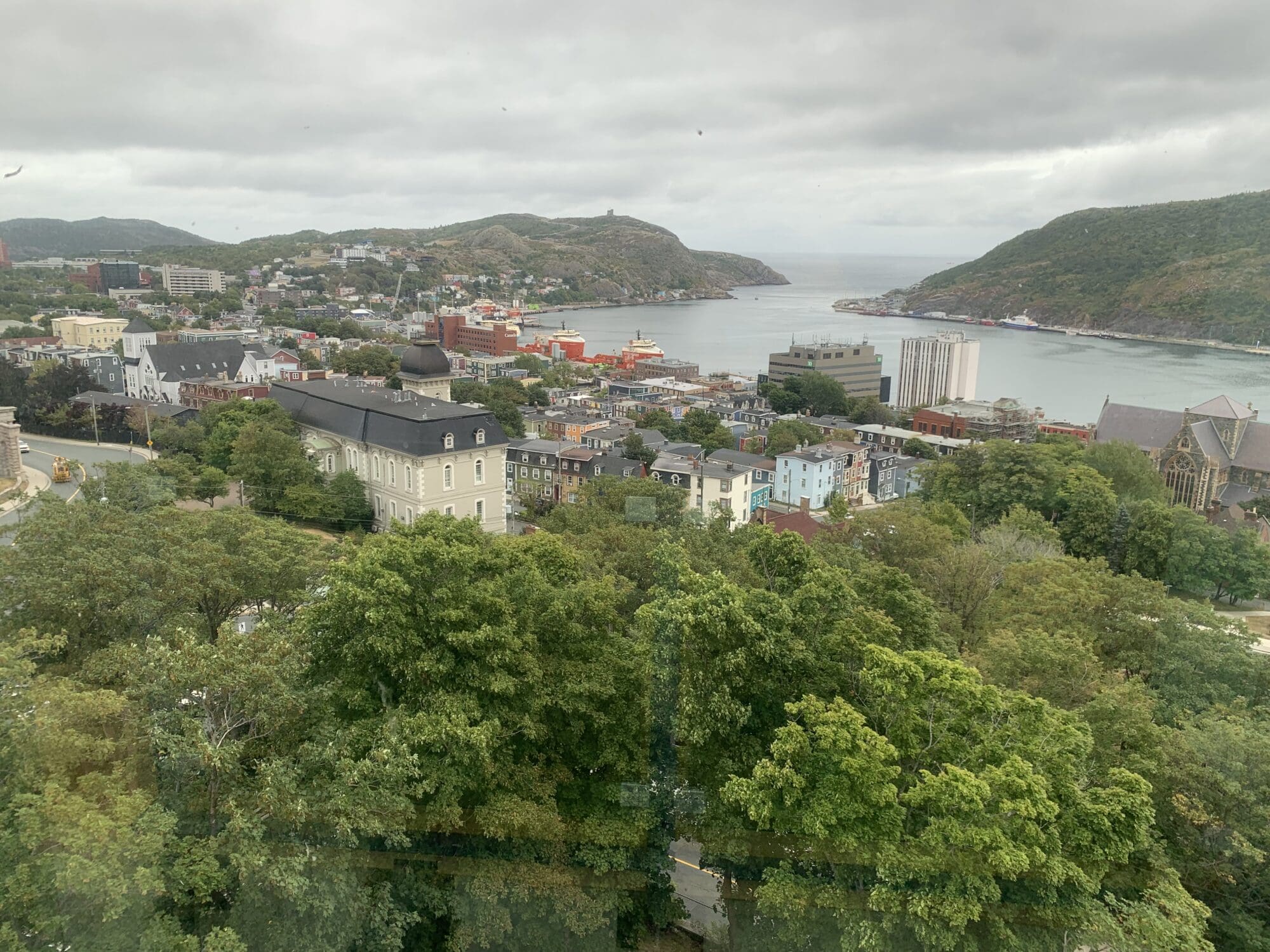
Drumroaster only uses washed beans, which means the quality has to be extraordinarily high. Natural processes can introduce fun, fruity funk – which we love – but there’s something to be said for an incredibly bright, crisp cup that takes the bean seriously: the farmer, the terroir, the year, the rainfall, the weather, and then the roast. And here we were with Cape Coffee, experiencing that same commitment, but this time it reminded us more of the roasts we’d sampled from Fjord and April in Berlin and Copenhagen. Is Newfoundland that much closer to Europe? I don’t know, but it’s another question I’m still turning over.
World-Class Coffee, Population 489
The mystery deepened when I drove down the coast to see where Cape’s beans were roasted. The town had fewer than 500 people, yet coffee from Ethiopia and Central America was being roasted into something exceptional with the kind of precision I’d expect in Montreal or Berlin. Do the small-town Newfoundlanders of Cape Broyle really crave single-origin light roasts? I kind of had my doubts. But, maybe that’s not the point. Maybe what matters is the craft itself, sharpened by the quiet and absence of hype, a kind of patience you can only cultivate away from the noise. Maybe some salty sea air too? Ok, now we’re speculating.
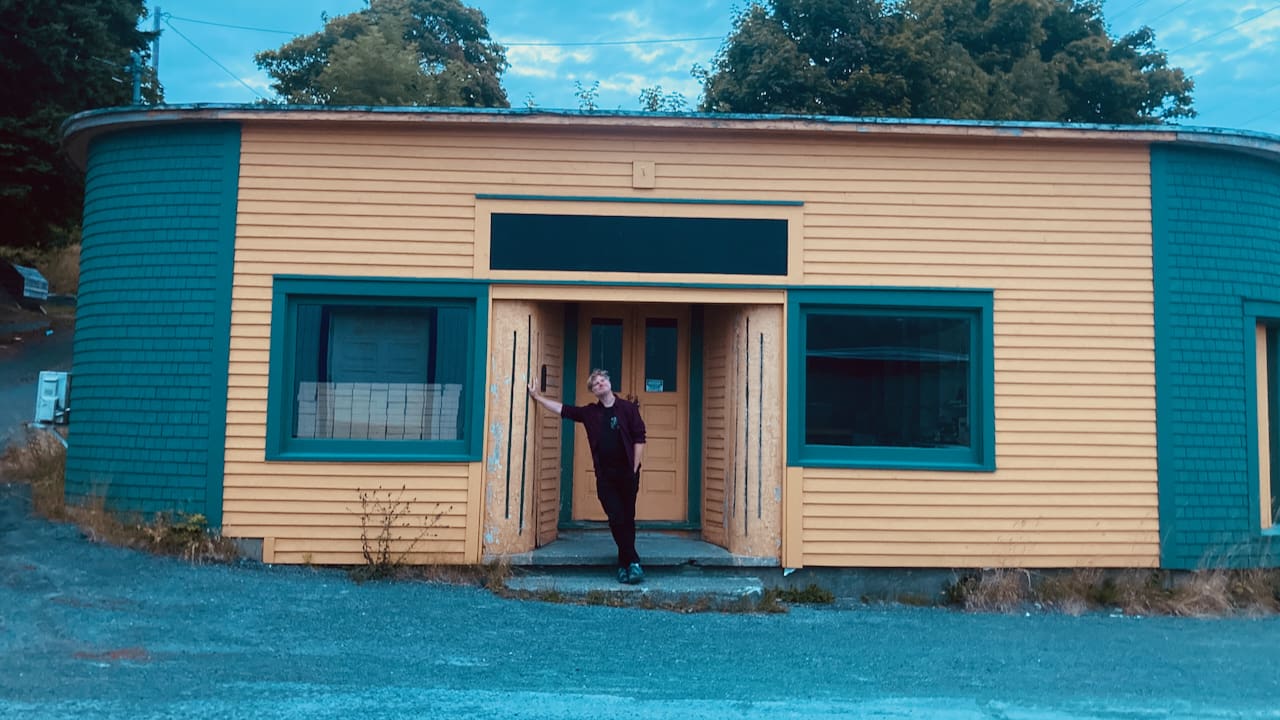
Newfoundland has a way of doing this. The Fogo Island Inn is a prime example. It’s a remote, world-class, designed by Newfoundland-born architect Todd Saunders, built as a social enterprise that commissions local artisans, reinvests in community, and has become a global reference point for regenerative travel. Vogue once called it “regenerative travel at its best,” and it’s hard not to see Cape Coffee in the same light, quietly refining something imported into something even better.
So I’m left with questions more than answers. Is it the slower pace that lets a roaster perfect their approach? Is it the island factor, like Japan, where raw materials arrive from elsewhere only to be transformed into something refined and unforgettable? Or is it simply that if you’re going to do something in a place like Newfoundland, you do it well – or not at all? Whatever the reason, Cape Coffee is extraordinary, and that’s why we’re bringing them in as our newest guest roaster.

